Rules of the Road & Aids to Navigation (ATONS) as applied to Narragansett Bay
Better Bay Alliance (BBA) | February 2023
Objectives:
- Learn the purpose of “Rules”
- Learn Navigational terms
- Learn to interpret navigation lights
- Learn the basic Inland Navigation Rules for crossing, meeting & overtaking situations
- Learn the “Pecking Order” for vessels
“The Rules of the Road”
Who wrote the rules?
“Navigation Rules” are published by the U.S. Department of Homeland Security for the United States Coast Guard. Updated copies can be downloaded online at: navcen.uscg.gov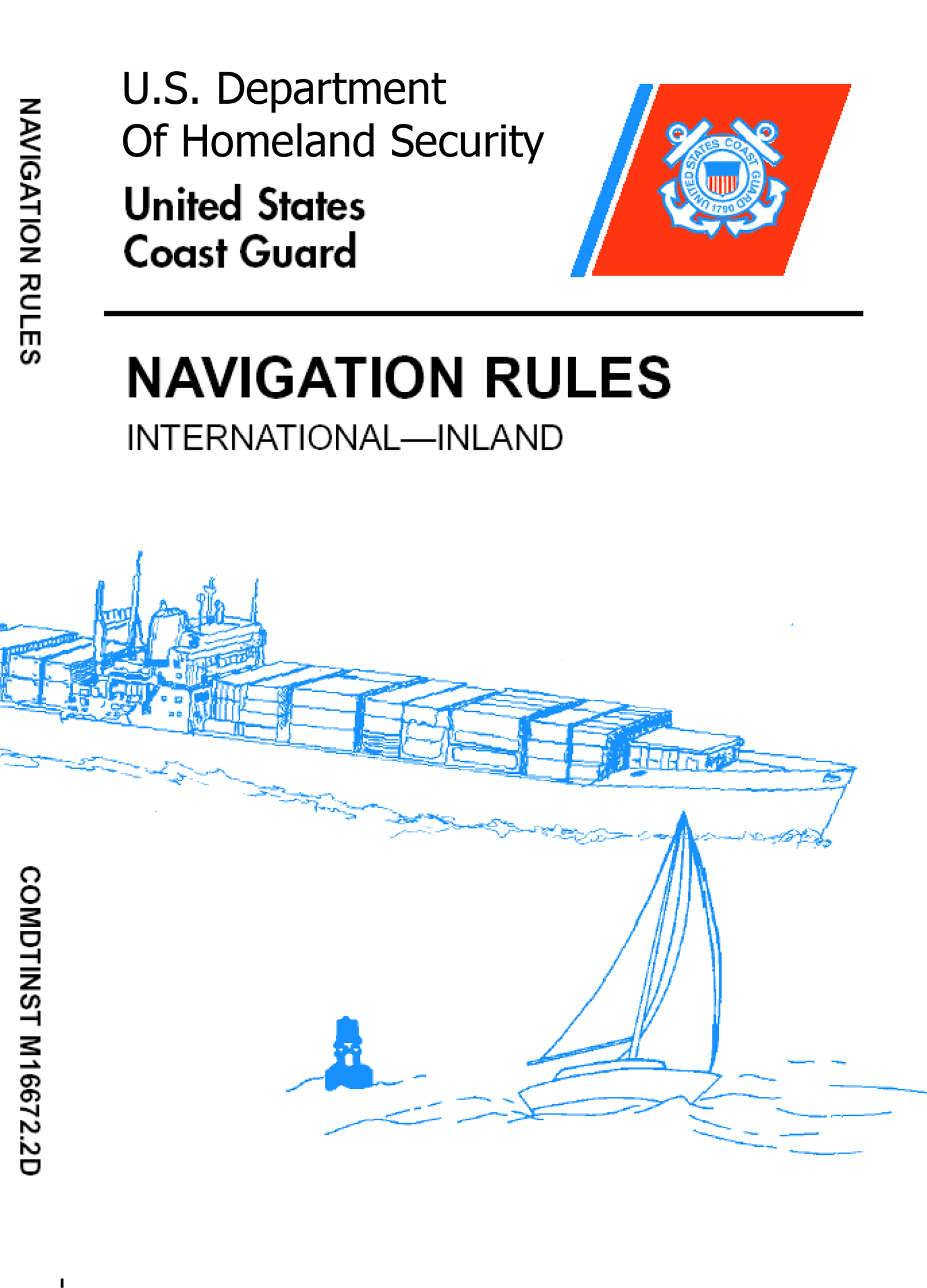
What do the Rules do?
If followed, they protect against loss of life, injury, and property damage as a result of collision. Prevent Accidents!Most Collisions Could Be Avoided By…
- Practicing the “Rules of the Road”
Rule 1 - Use of a “proper lookout”
Rule 5 - Maintaining safe speed
Rule 6 - Displaying proper lights
Rule 20 - Knowing the “Aids to Navigation”
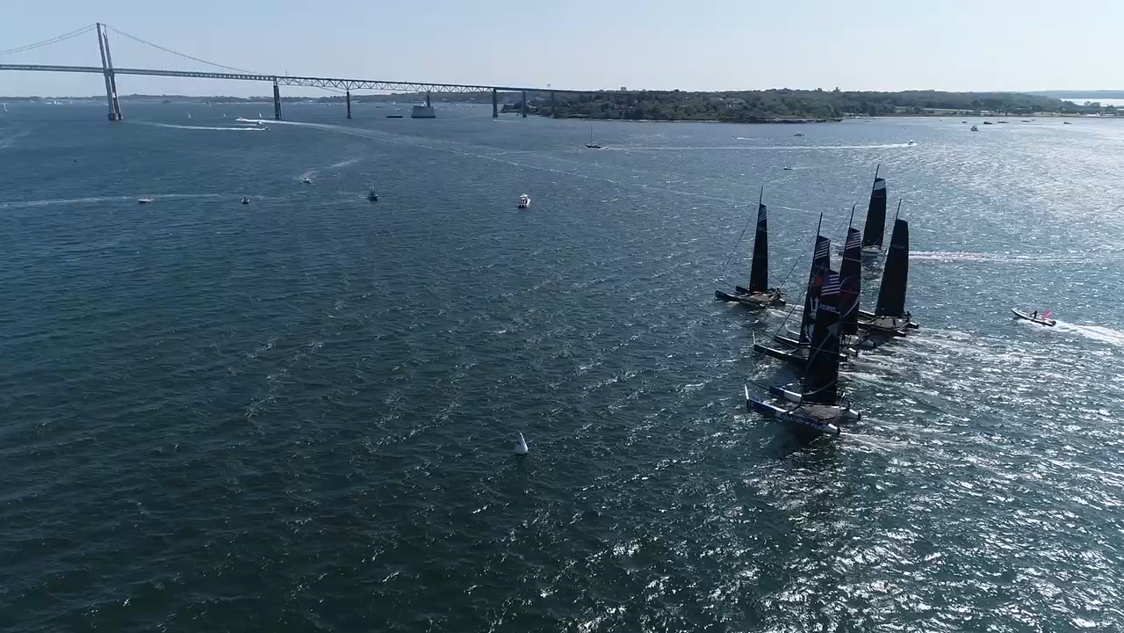
Ground Rules for Navigation
| General Definitions | |
|---|---|
| Underway | Not at anchor or made fast to the shore or aground |
| Right-of-way | The right and duty to maintain course and speed |
| Stand-On Vessel | Vessel that has the right of way |
| Give Way Vessel | Must keep clear of the stand-on vessel |
| Short Blast | A blast of approximately 1 second |
| Prolonged Blast | A blast of 4 to 6 seconds |
“Safe Speed” Definition
Speed that allows proper and effective action to avoid collision based on the following factors:- Visibility
- Traffic density and characteristics
- Maneuverability, draft
- Background clutter
- Weather, wind, current, navigational hazards
Encountering Other Vessels
Overtaking
Vessel that is passed by another from a position more than 22.5 degrees abaft of it’s beam is the stand-on vessel. The give-way vessel should not see the green or red navigation sidelights. If in doubt whether overtaking or crossing, always assume overtaking.
Give-way vessel will keep clear of stand-on vessel until finally well past and clear.
But be careful! White light only could also indicate a vessel sailing or a vessel at anchor or under oars.

Head On
When two power-driven vessels are on reciprocal courses, vessels will steer to starboard so each shall pass port to port of each other. At night, vessels in a head-on situation should observe masthead light(s) in a line and one or both sidelights.
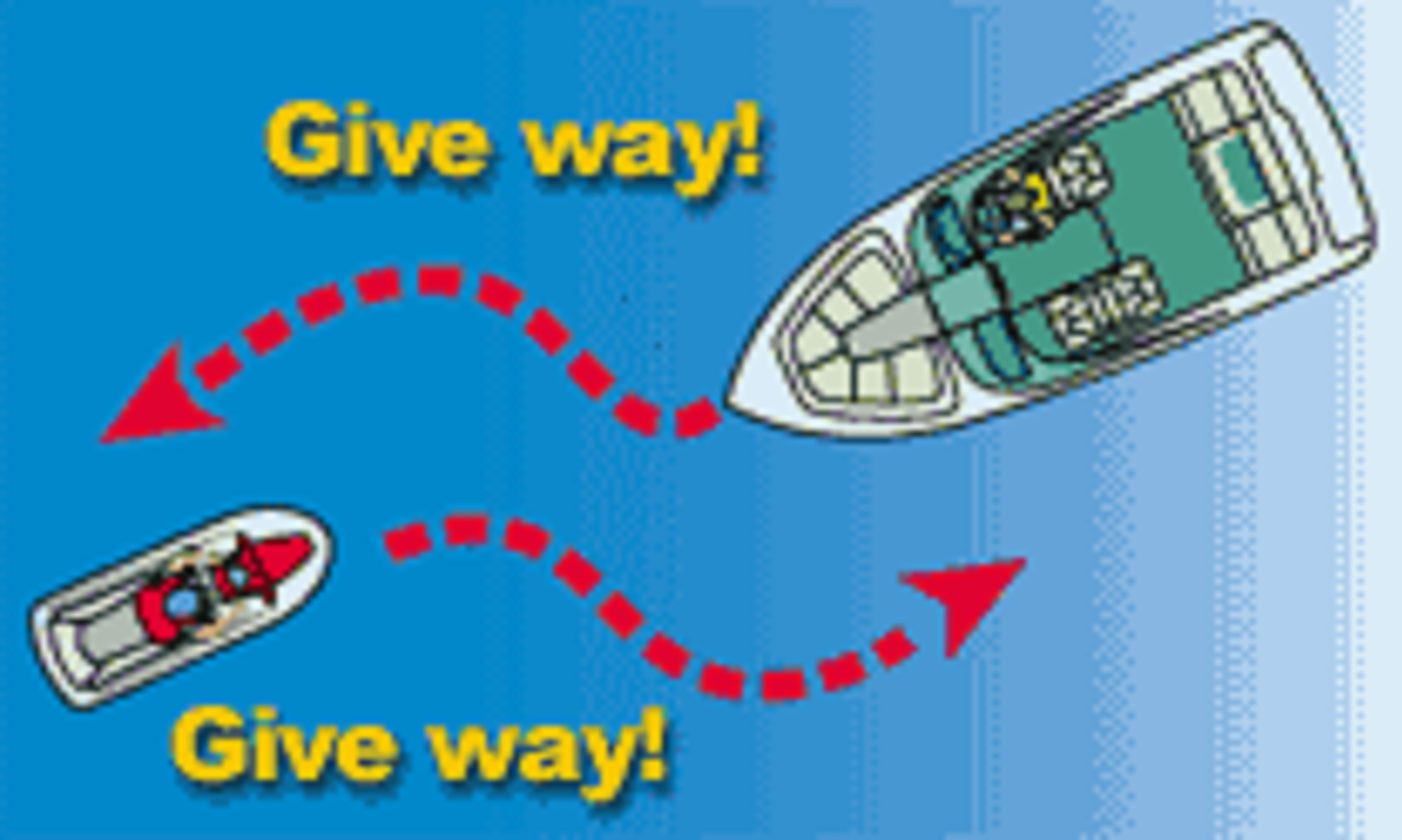
Crossing
A vessel which has another vessel on her starboard side shall keep out of the way of the other and if necessary, avoid crossing ahead of the other vessel. Easy way to remember this is vessel to the right “has rights”! Once you learn this, you’ll also recognize it’s consistent with the red/green light scheme.
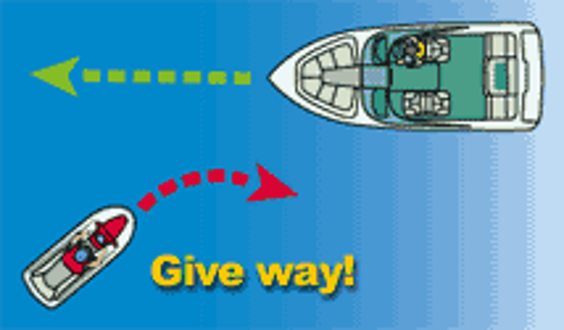
Responsibilities Between Vessels (Inland)
Pecking Order
Privileged
- Not under command (NUC)
- Restricted in ability to maneuver (RAM) (dredging, mine sweeping, car carriers)
- Fishing/trawling (not trolling)
- Sail or manually powered boat
- Power-driven
- Seaplane
Burdened
Navigation Lights and Shapes
White Light
360 degree light required when anchoredRed and Green Lights
112.5 degree arc = 90+22.5Required when underway between sunset and sunrise or in restricted visibility
Lights and Shapes
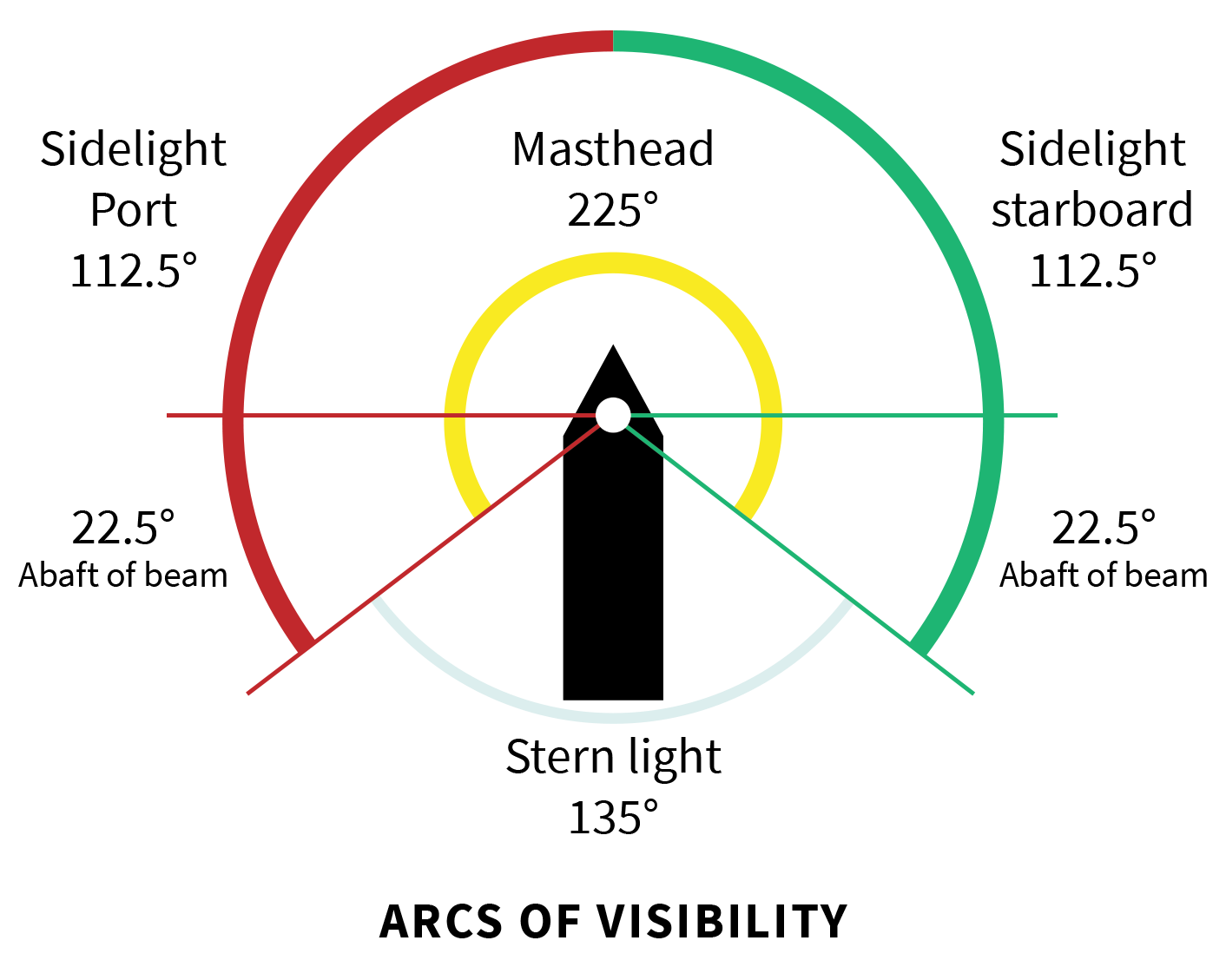
Maneuvering and Warning
| Inland – Signals of intent with appropriate reply required. | ||
|---|---|---|
| Inland Rules require the other vessel to answer with the same signal if in agreement. | ||
| One short I intend to pass you on my port side |
||
| Two short I intend to pass you on my starboard side |
||
| Three short I am operating astern (reverse) propulsion |
||
| Five short Danger, I do not understand, I disagree |
||

